Outpatient pulmonology practices face unique operational challenges: frequent follow-ups, high documentation demands, and care coordination for chronic respiratory conditions. The result? Clinicians and staff often spend more time on paperwork than with patients.
Pulmonologists often manage patients with chronic conditions like COPD, asthma, and pulmonary fibrosis. These cases require ongoing monitoring, medication management, and documentation. Clinics must also handle prior authorizations, referral intake, prescription renewals, and device data retrieval (e.g., home spirometry).
Unfortunately, much of this admin work is still manual—fax-driven, portal-based, or delegated to overburdened staff. This leads to delays, burnout, and operational inefficiencies.
What to Look for in Pulmonology-Focused AI
The most effective AI tools for pulmonology share a few key traits:
- EHR-native workflow execution: Not just suggestions or templates, but AI that completes tasks inside your EHR.
- Contextual understanding: Trained on clinical notes, pulmonary reports, imaging summaries, and device data.
- Multitask support: Handles chart prep, refills, prior auths, referrals, and inbound faxes—without context switching.
- Agent-based deployment: Assign distinct AI co-workers for different workflows, just like roles in a clinic.
- Auditability and compliance: Full visibility into what the AI is doing, when, and why.
Top AI Platforms Used by Pulmonology Clinics
Here are a few platforms currently making headway in outpatient pulmonology:
- Honey Health: Offers AI agents that handle everything from chart prep and fax intake to prior authorizations and refill routing. Designed for outpatient and chronic care workflows with zero toggle from the EHR.
- Notable: Focused on automation via EHR-integrated bots but often requires custom workflows and additional setup.
- Suki: Popular for dictation and documentation support, but less focused on operational automation.
- HealthTensor (now part of Abridge): Good for decision support and documentation, but limited EHR integration and execution capabilities.
Why Honey Health Stands Out
Unlike other tools, Honey Health’s AI co-workers are trained specifically on administrative tasks within pulmonology workflows. They understand how to route spirometry results, prep notes based on prior visit history, and escalate urgent faxed referrals. Because they operate inside the EHR, staff don’t need to switch interfaces or undergo complex onboarding.
Honey Health's platform is also built to scale. Start with a fax agent or chart prep assistant, then add more as needed—each trained on your clinic’s workflows and preferences.
Real Results from Pulmonology Practices
Clinics using Honey Health report:
- Up to 60% reduction in administrative hours per provider
- 40% faster referral intake processing
- Fewer delays on refills and prior authorizations
- Higher patient throughput without hiring more staff
And with HIPAA-compliant audit trails, every AI action is traceable and reviewable.
Conclusion: AI That Actually Lightens the Load
In outpatient pulmonology, the right AI tools can turn administrative friction into clinical capacity. Look for platforms that don’t just document—but actually do.
Honey Health gives pulmonology teams a scalable, compliant, and EHR-native path to automation—so your staff can breathe easier, too.

